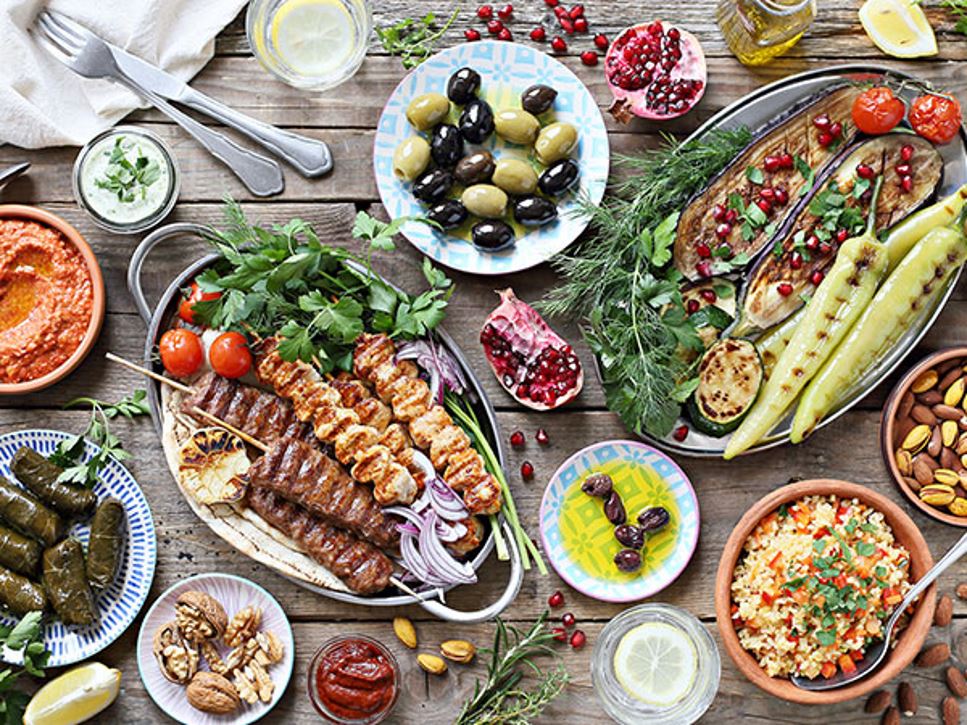Eating healthfully is not a one-size-fits-all endeavor. A healthy plate can include foods from all corners of the globe. In fact, the 2020 Dietary Guidelines for Americans says, "Nutrient-dense culturally relevant foods and beverages are part of all of the food groups."
Regardless of your food choices, follow these guidelines: Make half your plate fruits and vegetables, with the rest of the plate including protein, such as lean meat, poultry, seafood or beans, and grains, preferably whole grains. With each meal, add calcium-rich foods such as fat-free or low-fat milk, yogurt, cheese or calcium-fortified non-dairy beverages.
With increasing varieties of food available, nutritious meals can fit within any cultural preferences. Examples of healthful menu items from cultural traditions include:
Chinese: Stir-fried chicken and vegetables such as bok choy, snap peas, carrots and bean sprouts; brown rice; and a dish of lychee fruit.
Italian: Minestrone (a hearty, tomato-based soup with vegetables and pasta) with kidney beans; gnocchi (flour or potato dumplings) with chopped vegetables including spinach mixed into the dough and served with tomato sauce.
Greek: Tzatziki sauce (a creamy dressing of low-fat yogurt, garlic and cucumber) served on pita sandwiches or as a dip with vegetables; and dolmas (grape leaves stuffed with ground meat, vegetables such as bell peppers, eggplant and squash, rice, dried fruit and pine nuts).
Mexican: Jicama (a crisp and slightly sweet root vegetable) peeled, sliced and served on a salad with lime vinaigrette or chopped for a crunchy addition to salsas; and gazpacho (a cold tomato-based raw vegetable soup) made with spinach or cucumbers.
Or, try these additional menu ideas for global cuisine that adds flavor, variety and nutrition:
- Fruit chutney (Asian Indian)
- Grilled pineapple as part of a chicken shish kabob (Middle Eastern)
- Mango or other tropical fruit smoothie (Latin American)
- Baked pumpkin sprinkled with cinnamon (African)
- Polish beets (European)
- Stir-fried greens (Asian)
- Cactus salad (Latin American)
- Succotash (Native American or Southern U.S.)
- Quinoa (Latin American)
- Dal (Asian Indian)
References
"Eating culturally diverse meals increases exposure to nutrients that might not be found in your typical eating plan. This approach to dining also decreases the risk of 'flavor fatigue' or no longer enjoying foods you frequently eat."
Jessica Sylvester, MS, RD/LDN, CNSC, CDCES
Academy of Nutrition and Dietetics Spokesperson

Find a Nutrition Expert
Looking for credible nutrition information and recommendations? The Academy of Nutrition and Dietetics' network of credentialed food and nutrition practitioners are ready to help!

